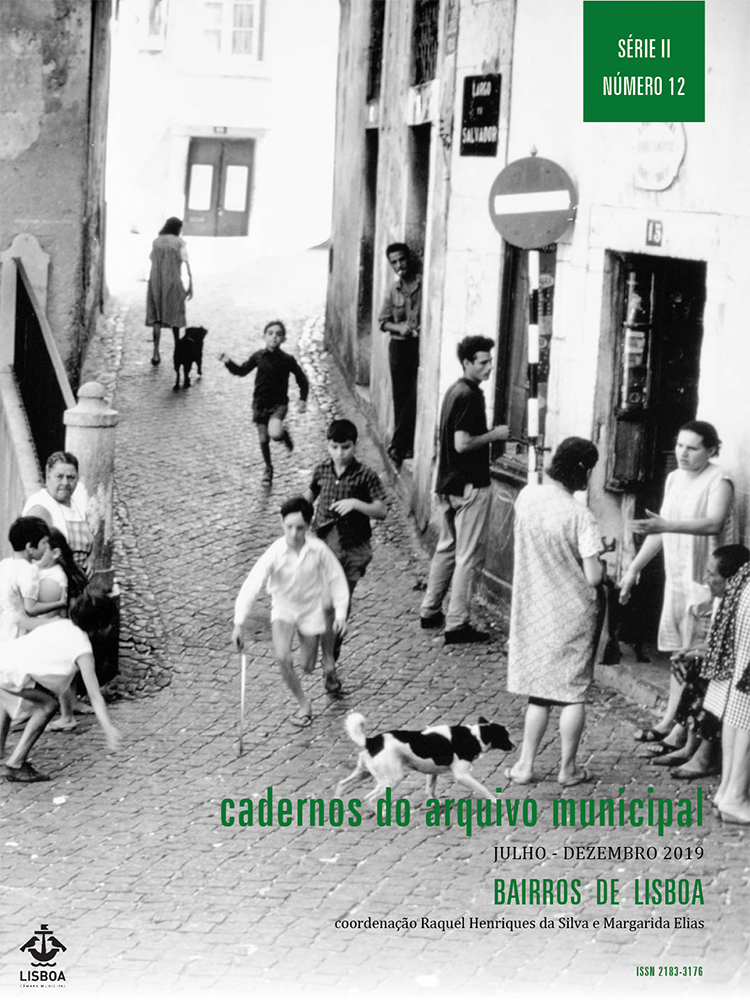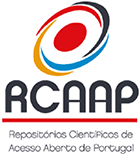Where the industry led them: urban growth of the Marvila and Beato boroughs since 1835
DOI:
https://doi.org/10.48751/CAM-2019-12125Keywords:
Lisbon’s oriental riverfront, Marvila, Beato, Lisbon’s urban growth, Lisbon’s industrializatioAbstract
Up to the second quarter of the 19th century, Marvila and Beato were farming districts at Lisbon’s eastern border, courtyards for the leisure of the aristocratic classes and places of ecclesiastic seclusion, along with their lengthy cultivated properties. With the industry’s arrival, a new path begins for these boroughs: the old convents, after the extinction in Portugal of all religious orders, are reborn as industrial sites; working-class housing multiplies. With increasing industrial growth and the settling of large warehouses in the region, the landscape thickened, with embankments which brought a whole new scale. At the end of the 20th century, the industry lost its pace, and the riverside Marvila and Beato became deserted. Presently, a return is on the way to this (almost) forgotten boroughs. This essay follows the region’s urban development using its old cartography, attempting to foresee urban revitalization from the indelible marks of a growth led by the industry’s pace.
Downloads
Downloads
Published
How to Cite
Issue
Section
License
Copyright (c) 2019 Margarida Reis e Silva

This work is licensed under a Creative Commons Attribution-NonCommercial 4.0 International License.
The authors retain copyright and grant the journal the right of first publication, with the work simultaneously licensed under the Creative Commons Attribution License CC BY-NC 4.0 which allows sharing and adapting the text as long as its authorship is correctly attribbuted with recognition of the initial publication in this journal.








